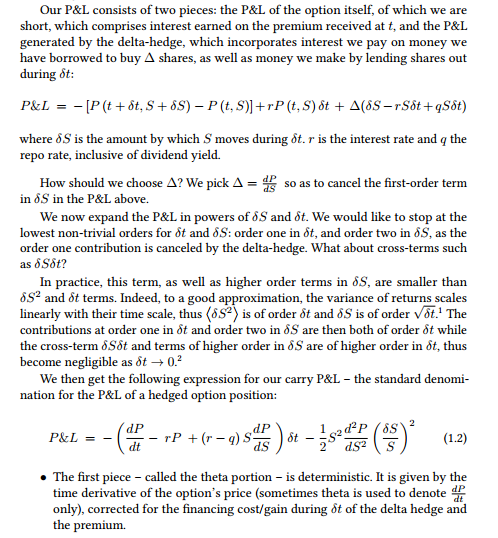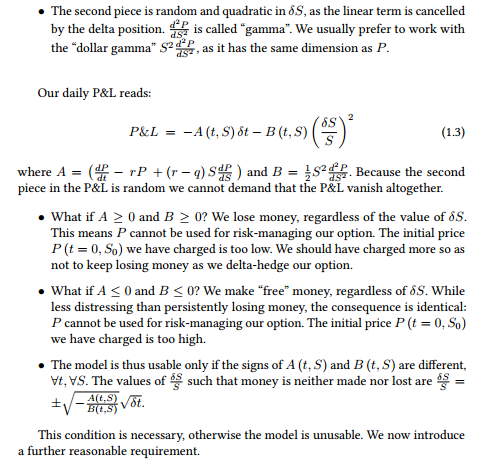The gamma/theta concept is simple.
Let's say there's an asset with a price of 100 dollars. I say to you: "I'm going to give this cool portfolio, where if the price goes from 100 dollars to 102, you will make 4 dollars. But if the price goes from 100 dollars to 98, you will also make 4 dollars. Will you take this portfolio?"
I hope your answer is: heck yeah !!! Will I give it to you? Yes... but at a price. The portfolio I'm giving you has a positive gamma. But it's NOT free. It costs money (that's theta).
So if you graph the portfolio PnL, it will look like a U shape. In mathematics, it has a positive 2nd derivative = convex. The more convex it is, the better its profile is (for the owner), but the more expensive it will be.
If the portfolio's profile was inverted, we say it's concave (or having a negative 2nd derivative). This portfolio sucks. It loses money on an up move, and loses money on a down move. You'd better have someone pay you money to lay this risk on you.
Being long options means you have a positive convexity (long gamma). If you make one hedge (equal to delta) at the time of buying the option (sell the underlying asset for a call or buy the underlying asset for a put), you will create a U-shaped portfolio. Now if the underlying moves up or down, you make $$$.
The options (ATM and around ATM) get steeper and steeper (more U-shaped) as time moves. Therefore, their gamma gets bigger. Not only do they lose more value, but they lose value (theta) at a faster rate is you get closer to expiration.
I hope this helps.


